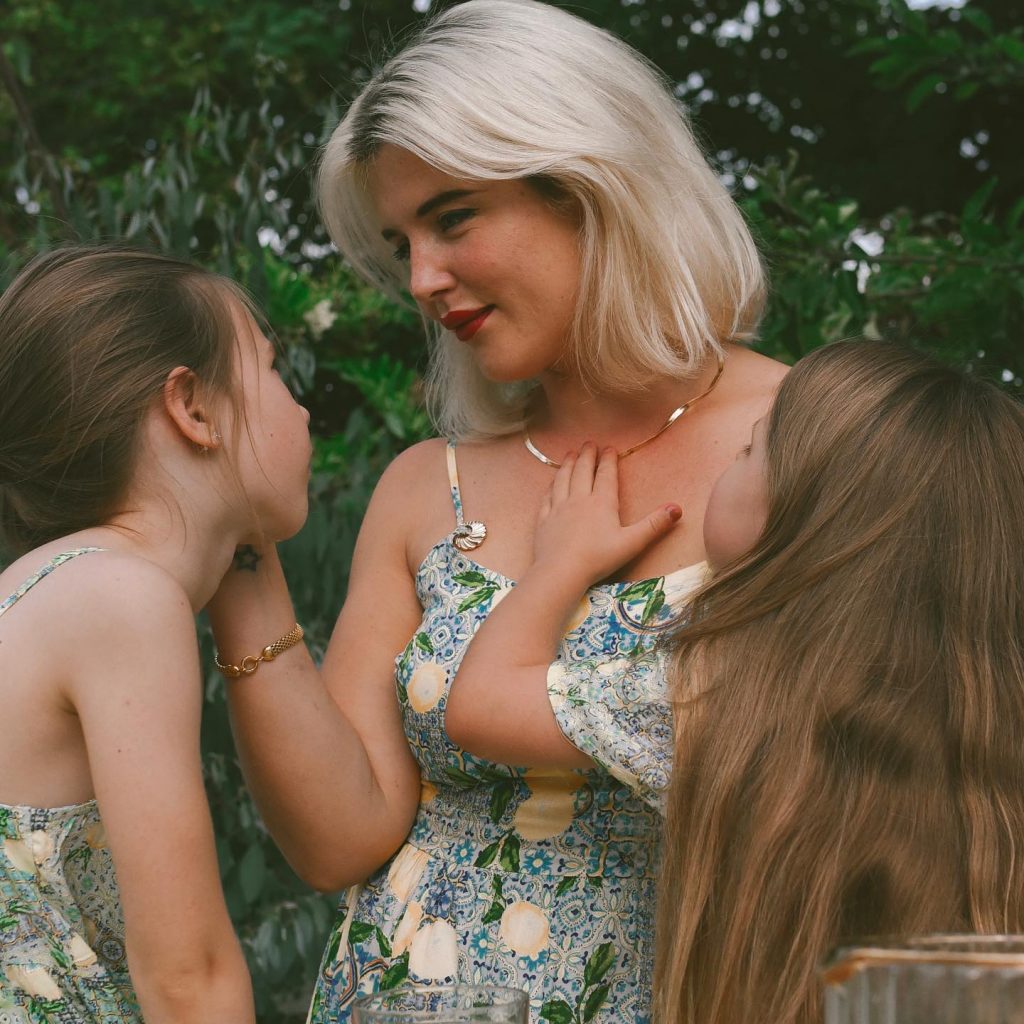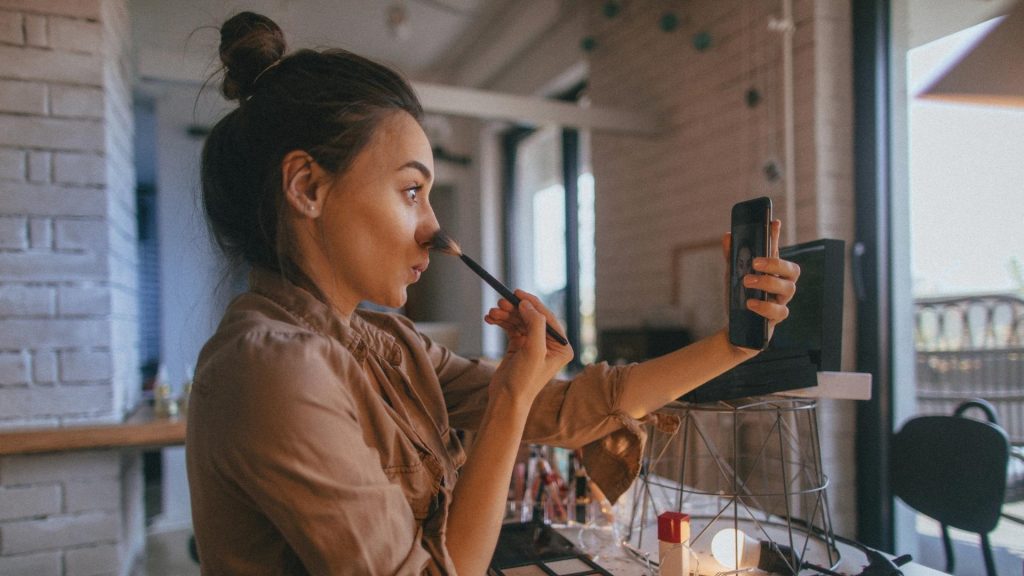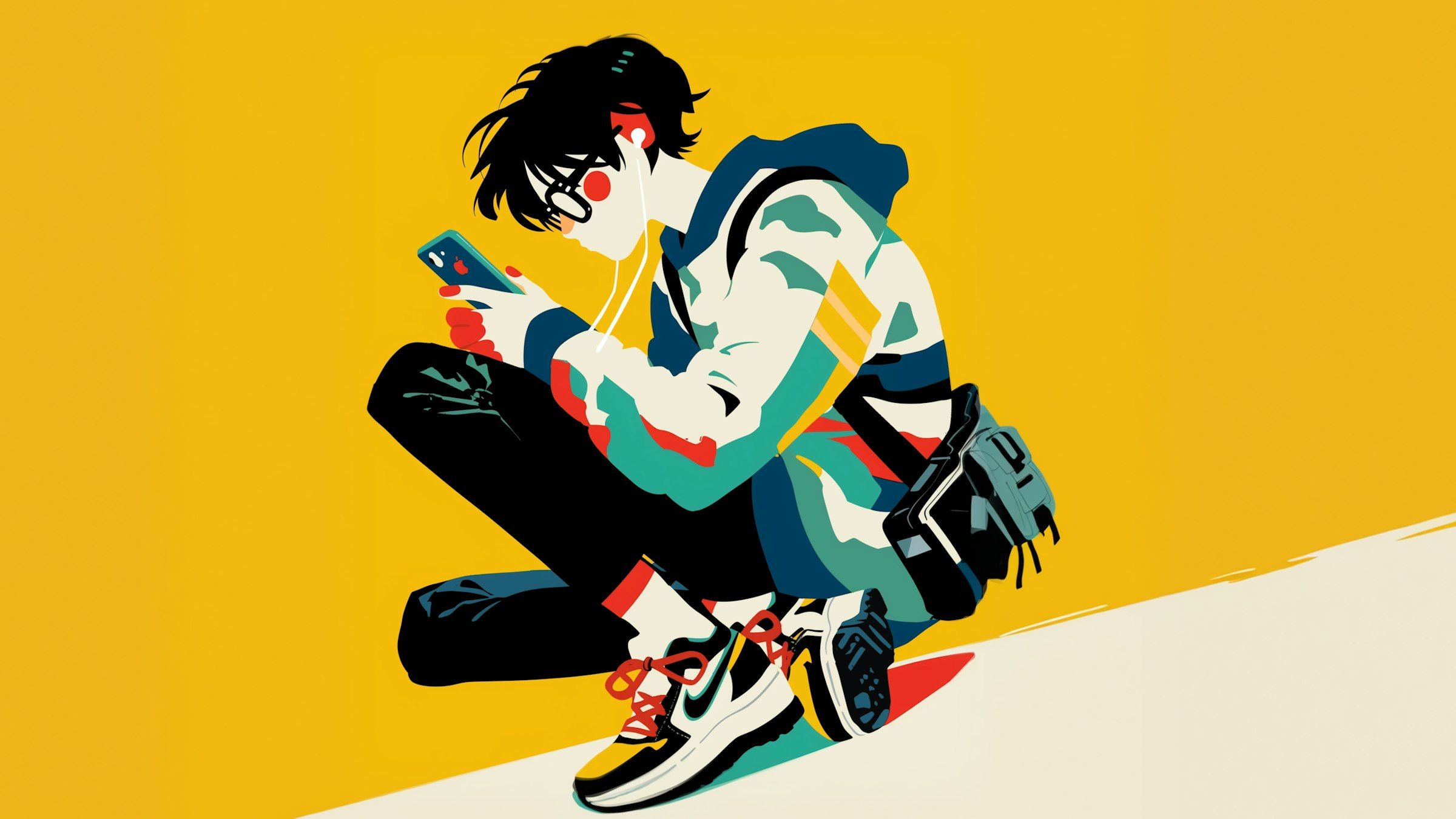
The Realities of Being an Influencer
Like every job, there is the good, the bad and the ugly. The difference with content creation is that it’s for the whole world to see, comment and like. “Get up and work. It seems like nobody wants to work these days” is the infamous quote by Queen Kimberly K herself that caused chaos across social media. Seemingly opinionated, a well-known UK influencer (wink, wink) publicised their opinion that we all have the “same 24 hours in a day”.
Comments like these within the industry are pushing a perception that Influencers are out-of-touch opportunists, profiting off the ability to take a few pictures for Instagram and call it a hard day’s work.
THE SECRET LIFE IN THE LIMELIGHT
The visibly easy and perfect life that is shown and perceived from Influencer lifestyles ultimately comes down to the mask that social media allows for everyone. The ability to show only the exciting and desirable aspects of every day is what permits the perception that this is their whole day. Behind the scenes of one Instagram reel is around 2-4 hours of concept creation and shooting, with 1-2 hours of editing and numerous back-and-forth approvals and amendments from the client for a short-form piece of content.
It has been drilled into the term “influencer” that people are commodities and props for brands, and solely that. Content creator, Eimear Varian Barry, not only goes by the latter title but also “creative director, employer, producer, photographer, location scouter, editor and negotiator”; it is often unheard of to be so many professions while inclusively raising a household.

There is no training or guidebook that comes with creating your own brand, as any business will know. Now more than ever the competitiveness within the industry is at an all-time high, and the motivation to be “constantly curious and creative” is in endless demand. Being confident enough to approach people, with the stamina to take an undoubted mass of ‘no’s’ is a skill itself that many of us aim to achieve in the corporate world. Remaining “open-minded” is Eimear’s advice to herself and others, enjoy the highs and stay positive in the lows that new doors will open.
“ANYONE CAN DO IT”
Common commentary surrounding influencers is “anyone can be an influencer”, however a thought-provoking quote in conjunction to this is; “everyone can write but not everyone is a writer”. Undeniably, everyone with a phone can be on social media but ultimately it takes the initiative and ambition to turn a profile on an app into a highly successful brand and business.

Although not your traditional working hours, an influencer is able to spend half a day creating one piece of content that may or may not be successful. The volatility and pressure of going viral outwardly relate to influencers’ success and their ability to receive income. While not comparable to those working in the high-stress public sector such as an emergency unit or as a teacher, there is pressure upon talent from brands, for their own living ability and from the viewers who have their own expectations on their content to be “perfect”.
THE OTHER SIDE OF INFLUENCING
It is a niche to have thousands to millions of spectators in your everyday working life, fundamentally able to cancel your career with one wrong move. With mental health becoming more of a norm to speak about, we find talent such as Luke Catleugh articulating the misleading life of an influencer and humbly speaking of the issues arising from the industry’s negative pressures. It is the openness and vulnerability of talent such as Luke that allow us to peek into the realities of this job and understand that it isn’t just trips to Ibiza and excessive shopping hauls that the most popular creators make it out to be.
BREAKING MISCONCEPTIONS
The term “influencer” itself has become a generic word for anyone with a large social following, allowing those who work hard to suffer the repercussions of a minority of influencers that embody all the negative traits so often spoken of. For every overexposed influencer we all know to both love and hate, there are a thousand entrepreneurs such as James Exton working hard to build their following around their brand while working their main job.

Some difficult hidden truth to influence is the “relentless nature of social media, it never sleeps”. Unlike your average 9-5, there is a silent understanding that this is a 24/7 job, requiring “constant obligation” and the ability to drop everything for a brand with a smile on your face. Like many jobs, James finds himself unable to often balance routine and juggle “normal life admin” due to the short notice that the industry demands. An emotional impact on both talents’ own mentality and their surrounding relationships. A common misconception of influencer trips is that their life is one big holiday.
Behind every picture is a 5+ camera crew, talent management, and brand executives with strict schedules and rules to ensure they have the perfect content. As James explains, it “knows no boundaries”, while working in this environment is a privilege it is work nonetheless, and never quite what it may seem behind a phone.
BEHIND CLOSED DOORS
Another misconception around influencers is that they just fell into the job, and it was handed to them (true in cases such as Kim K and foreseeably her children; nepotism in its prime). However, influencers like James have built their brand up from the bottom with social media originating as a side hustle that has flourished into the platform it is today. These influencers offer constructive, inspirational and expert advice to followers to help them increase their quality of life.
In similarity and comparable to many creative industries, Eimear has started from the very bottom. A huge proportion of her career has been devoted to creating content at a high standard for no form of exchange, whether monetary or otherwise.

A secret life that many starting off fail to bring to light is that influencers don’t always get paid for their work. You have to have a long-term vision ahead of you and be prepared to “work hard” in order for it to pay off, learning as you go through the ropes of the industry and figuring out your placement within it. James and Eimear aren’t examples of a get-rich-quick scheme but instead a series of years dedicating themselves to a skill to be at a level whereby they can use their platform to inspire others while maximising brand awareness, and like any business strives for ultimate success.
REALITY CHECK
In reality, it’s a challenge to not become emotionally involved and angry when an influencer is found guilty of promoting forced, unaligned products/services. Secretly many find enjoyment in watching those who cash in thousands for a brand they don’t care about, slip up. As spectators, it could be easy to brand all influencers into the same negative category.
For those talents who produce creative affiliated content, it is hard to not also impose negative opinions onto the industry whereby so many are being exploited. James expertly addresses that “brands often fall victims themselves as well as the consumer” creating a domino effect of ineffective and inauthentic content. While it is difficult to understand how, there is a demand for stricter guidelines to help filter out and counteract ad’s that surface based on making a quick buck rather than an influential association.
HUSTLE AND HYPE
It’s non-negotiable that influencers live a privileged lifestyle. Reports of the average UK influencer earning over “£137,000 a year” is just the beginning, as many are exposed to many exciting opportunities, travel and events worth thousands of pounds, inaccessible to the general public. One of the highlights expressed by talent is the “diversity of work, destinations, countries and people you get to meet”. It is an incredible industry that allows people to be put out of their comfort zone and into scenarios that most people would “struggle to even call work”.

Influencers are open about “feeling extremely grateful” for the opportunities that they access through this job. Eimear additionally promotes the industry as having a great atmosphere to “push yourself” and a sense of “freedom”. Being self-employed in an aggressive market engrains a new level of determination to be prosperous, and forces you to grow new levels of confidence to essentially “sell yourself” as a brand. The ‘No’s’ can feel disheartening but the ‘Yes’’ sticks, heightening your self-assurance in both your professional and personal life.
Once a fashion and beauty-focused industry, it now allows any niche from cooking to crypto to be able to use its platform to inspire and optimise on. Influencers are overwhelmingly appreciative of the positives, viewing the industry in an optimistic light that keeps them hungry for what else this insanely spontaneous trade can offer. However, while the benefits often come effortlessly, the misconception of content creators being “lazy” and “unskilled” is far from reality.

THE FINAL WORD
By no means is this article a pedestal for all Influencers or claiming their work life and added opportunities are comparable to that of the average worker. Instead, it is to understand the realities of the industry, good and bad. Combatting the notions of there being no effort, time or drive within content creation by those who are innovative, determined and entrepreneurially successful within social media.







